Wetlands are found in almost every region of the world and are considered the most biologically diverse of all ecosystems. They provide habitat for a great number of water and land species. They are also an important environment to many migratory bird species. Types of wetlands include swamps, bogs, marshes and estuaries. An overview of some the most
important wetlands in the world.
10Camargue
The Camargue encompasses the Rhone River delta in the southeast of France. Approximately a third of the Camargue is either lakes or marshland. It is one of the best places in Europe for bird watching. Its brine ponds provide one of the few European habitats for the greater flamingo. It is also famous for the Camargue Bull and the Camargue Horse.
9Wasur National Park
Wasur National Park is a massive wetland region in the Indonesian province of Papua, on the island of New Guinea. Dubbed the Serengeti of Papua owing to its incredible biodiversity, Wasur National Park maintains a large number of rare animals and birds. The best place for spotting wildlife in Wasur National Park is Rawa Biru Lake, which is part of the wetlands. There are many water fowl species and migrant birds here along with cassowaries and wallabies. Unfortunately the park natural flooded grassland systems are threatened by the invasion of alien species such as water hyacinth and mimosa pigra.
8iSimangaliso Wetland Park
The iSimangaliso Wetland Park (previously known as Greater St. Lucia Wetlands Park), is one of the most diverse region in South Africa’s KwaZulu-Natal province. iSimangaliso is well known for its extensive wetlands, sand dunes, beaches and coral reefs. Animals occurring on the park include elephants, leopard, black and white rhino, buffalo, and in the ocean, whales, dolphins, and marine turtles.
7Mekong Delta
The Mekong Delta is the region in southern Vietnam where the Mekong River approaches and empties into the sea. It is a very rich and lush area, covered with rice fields, that produces about half of the total of Vietnam’s agricultural output. Subsequently, life in the Mekong Delta revolves much around the river, and all the villages are often accessible by river rather than by road.
6Kakadu Wetlands
Kakadu National Park is a diverse park about half the size of Switzerland located in the Northern Territory of Australia. The park’s wetlands provide one of the best wildlife viewing opportunities. The freshwater and saltwater crocodiles sleep on the banks of the many rivers and billabongs for most of the day but can also be seen floating or swimming in the water. One of Kakadu’s best known landmarks is the Yellow Water billabong. Located near the small settlement of Cooinda, Yellow Water is home to crocodiles, wild horses, buffalo and other wildlife. The billabong, which floods to join other waterways during the tropical season, also attracts millions of migratory birds each year.
5Kerala backwaters
The Kerala backwaters are a chain of lagoons and lakes lying parallel to the Arabian Sea coast in the Kerala state in southern India. The network includes five large lakes linked by canals, both manmade and natural, fed by 38 rivers. The backwaters are home to many unique species of aquatic life including crabs, frogs and mudskippers, water birds and animals such as otters and turtles. Today, houseboat tourism is the most popular activity in backwaters, with several large Kettuvallams (traditional rice boats, now converted into floating hotels)ply the waterways.
4Everglades
Located in the state of Florida, The Everglades are a vast, shallow, slow moving river of grass that extends from Lake Okeechobee to Florida Bay. During the dry season it dries up except for the deeper places. The region is home to over twenty different kinds of birds and hundreds of other species. Many pets have escaped or been released into the Everglades from the surrounding urban areas. Native to southern Asia, the Burmese python is now competing with the American Alligator, the largest reptile in North America, for the top of the food chain. In 2009 agents removed more than 1,200 Burmese pythons from the Everglades National Park.
3Okavango Delta
The Okavango Delta in Botswana is one of the world’s great inland waterways. It is formed where the Okavango River empties onto a basin in the Kalahari Desert, where most of the water is lost to evaporation and transpiration instead of draining into the sea. The Okavango delta is famous for its wide variety of wildlife. Species include elephant, hippopotamus, giraffe, crocodile, lion, cheetah, rhinoceros and zebra. The majority of the estimated 200,000 large mammals in and around the delta are not year round residents. They leave with the summer rains and make their way back as winter approaches.
2Sundarbans
The Sundarbans is the largest littoral mangrove belt in the world spreading across Bangladesh and West Bengal in India. The name Sundarban can be literally translated as “beautiful jungle” in the Bengali language. Several predators dwell in the labyrinth of channels, branches and roots that make up the region including about 500 Bengal tigers. Unlike in other habitats, here tigers live and swim among the mangrove islands, where they hunt prey such as the Chital deer and Wild boar. The tigers do also regularly attack and kill humans who venture into the forest. Some of the reptiles are predators too, including two species of crocodile, the Saltwater Crocodile and Mugger crocodile.
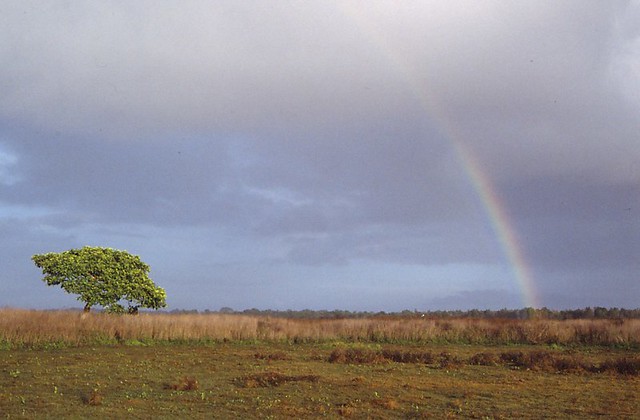
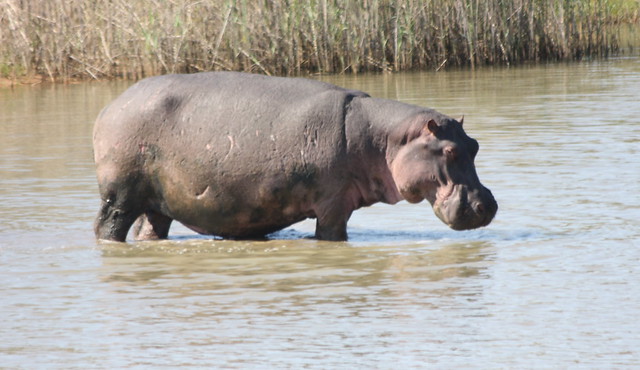
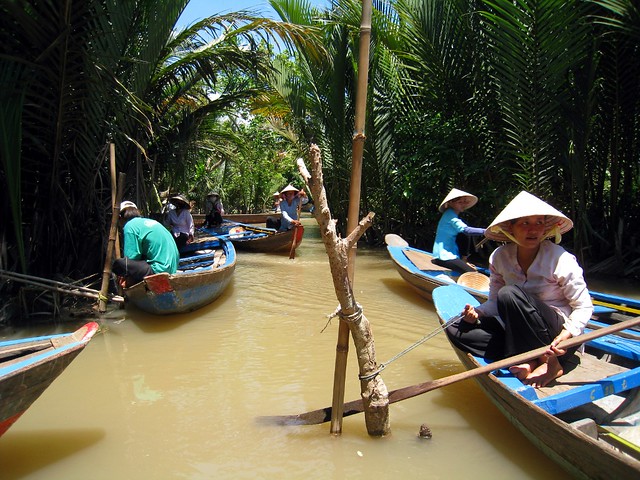
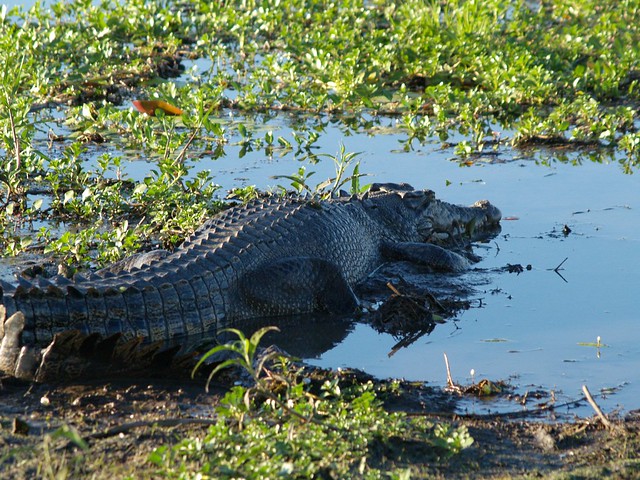


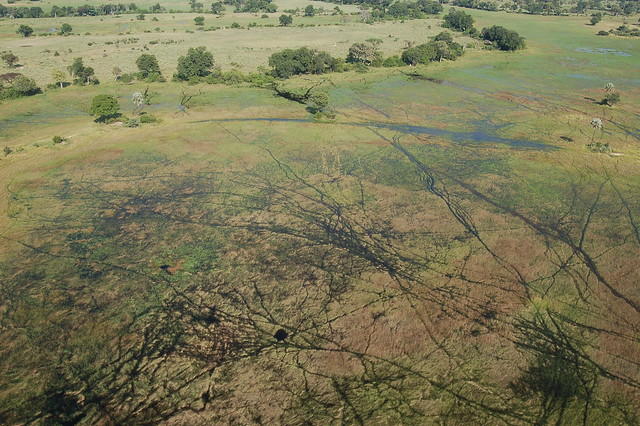
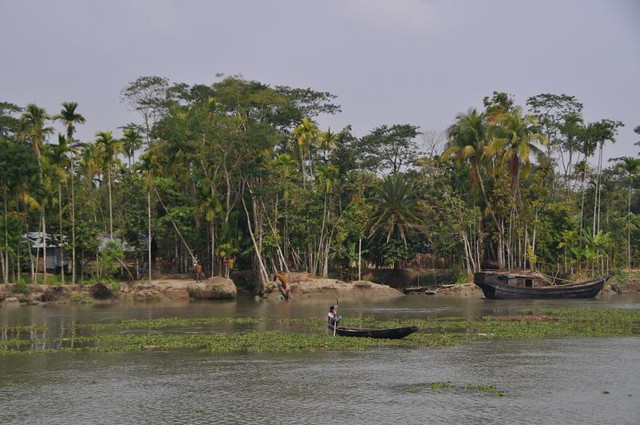
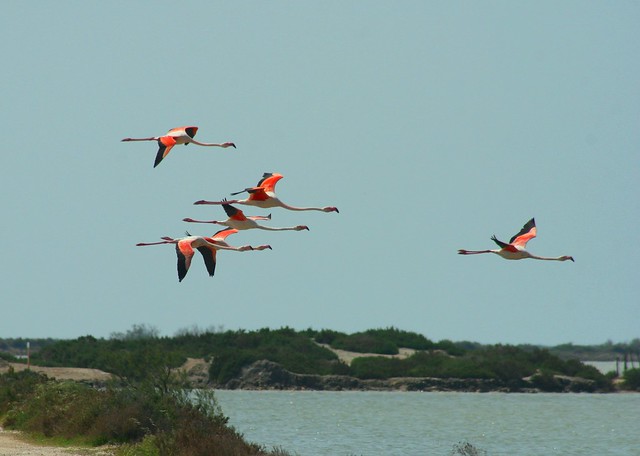
No comments:
Post a Comment